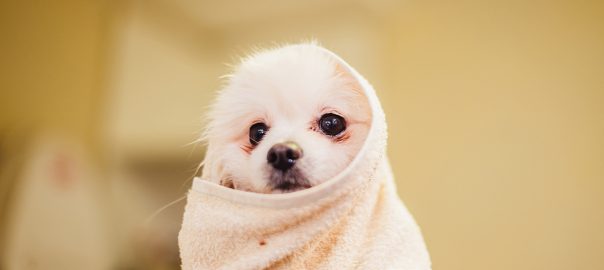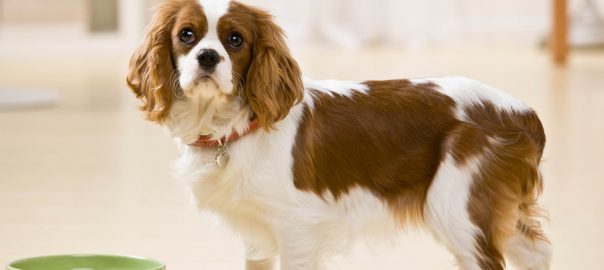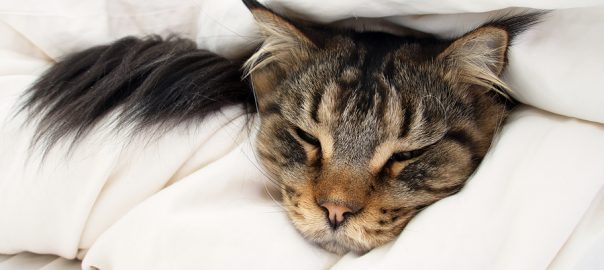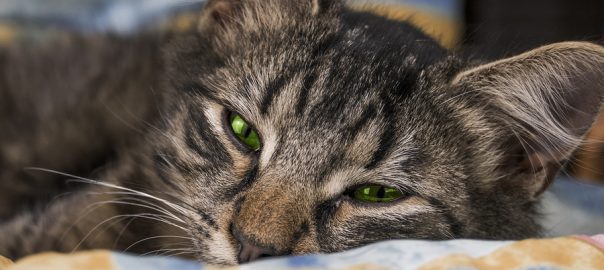There’s a puzzling condition that makes dogs’ hair fall out and not regrow. It goes by many different names, and it can be very difficult (but defnitely not impossible!) to treat. Here’s what I told a reader whose Pomeranion was affected by “alopecia X.”
Q: We have a 7-year-old blue merle Pomeranian whose fur started falling out when he was 2 or 3 years old. Now his torso, neck and tail are bald except for a few tufts of woolly fur. He’s been tested for many conditions, including hypothyroidism, and I think he has something called alopecia X. Is there anything we can try to regrow his fur?
A: Pomeranians, along with other Nordic breeds and toy and miniature poodles, can develop a coat condition called alopecia X. It’s also known as black-skin disease, adult-onset growth hormone deficiency, and castration-responsive alopecia. Linda A. Frank, DVM, professor of dermatology at University of Tennessee College of Veterinary Medicine, calls it hair cycle arrest.
Dogs with this condition lose hair over most of the body, typically leaving only the head and feet with fur. The skin may thicken and turn dark. Alopecia X can occur before the dog is a year old, or much later in life. It appears to be more common in males than females. And while little is known about the disease, your dog’s blue merle coloring may also be a factor.
Sometimes the coat comes back on its own, but the fur is thin and soft. In some cases, the condition responds to treatment, although there isn’t a “one size fits all” fix. As you may have guessed from the term “castration-responsive alopecia,” the hair may regrow several months after the dog is spayed or neutered.
According to the University of Tennessee’s web page on hair loss, supplementation with oral melatonin has benefits in 30 to 40 percent of dogs with the disease. Check with your veterinarian first, especially if your dog has diabetes or has not been definitely diagnosed with alopecia X, and make sure the melatonin pills do not contain xylitol, which is toxic to dogs.
Read more, including tips on adopting from a rescue group, in Pet Connection, the weekly nationally syndicated pet feature I co-write with Kim Campbell Thornton and my daughter, trainer Mikkel Becker.




